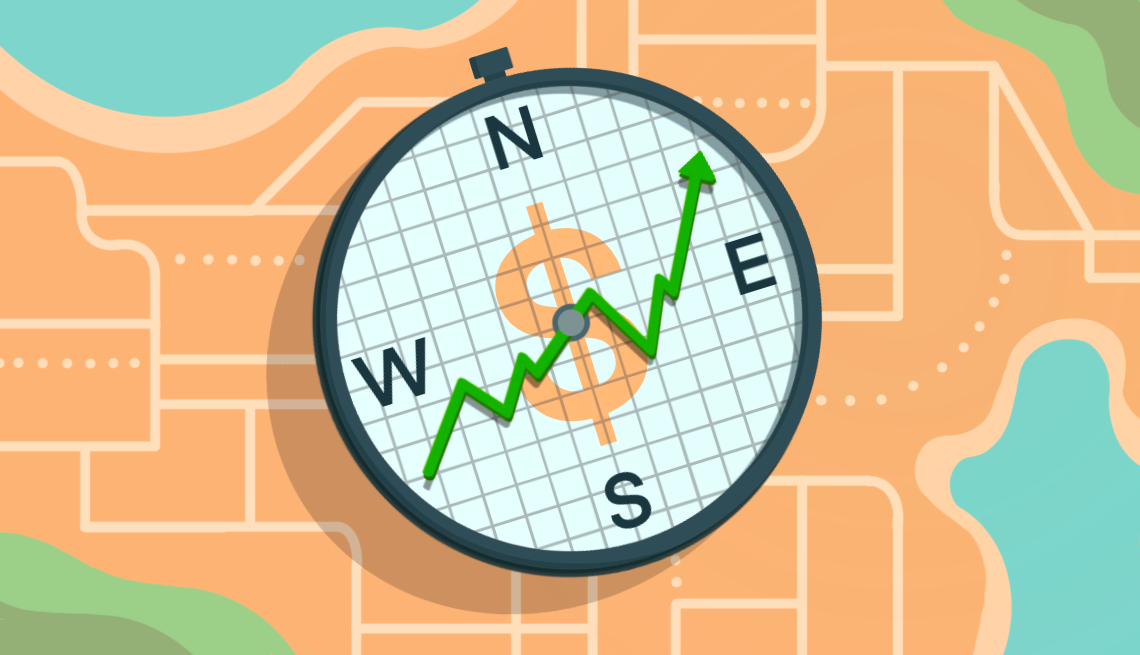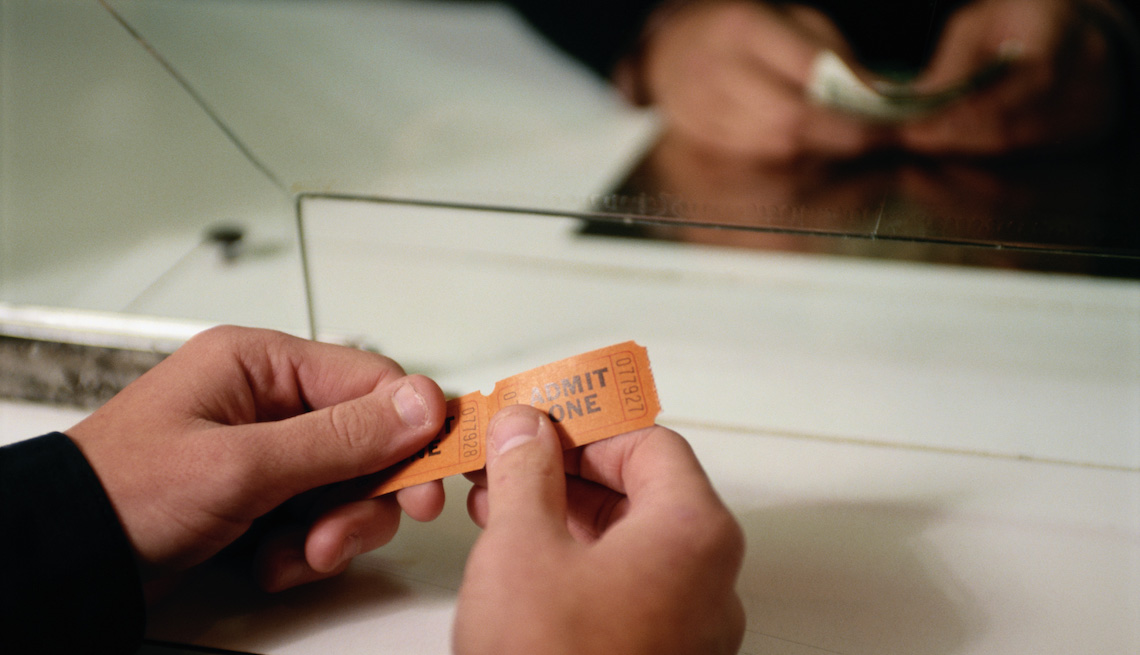Staying Fit
When regularly priced tickets for the Martin Scorsese film The Irishman at Manhattan's ornate Belasco Theatre — $17 — sold out, serious cinephiles turned to ticket-scalping website StubHub and shelled out as much as $130 for a seat. Not including popcorn.
It was a limited four-week run, and the film (partly produced by Netflix, which owns distribution rights) could be seen only on independent big screens in New York and Los Angeles. Moviegoers considered this a historic cinematic event, and they were determined to see the heralded mob epic in theaters before it began streaming on Netflix.


AARP Membership— $12 for your first year when you sign up for Automatic Renewal
Get instant access to members-only products and hundreds of discounts, a free second membership, and a subscription to AARP the Magazine.
Which raises the question: Why do even regular movie tickets cost so much?
According to the National Association of Theatre Owners (NATO), the average ticket price for a movie in 2001 was $5.66. In 2006 the price jumped to $6.55. By 2018 tickets soared to $9.11, which means the cost of seeing a flick almost doubled in 17 years.
Ticket prices are dictated by a myriad of economic factors, including the need to pay staff wages, maintain premises and upgrade amenities while still splitting ticket revenues with studios.”
And those shown in IMAX, Dolby, RPX (large-screen format) and 4DX (motion seats, combined with effects like blasts of air) include a surcharge of a few dollars. In the case of 3-D, the surcharge is 33 percent higher.
Where you live also affects ticket price. In movie-speak, “top tier locations” command a premium. Tickets to Ford v Ferrari screening in Dolby at Manhattan's AMC Lincoln Square 13 are $26.49 (popcorn will run you $10.99). But in South Haven, Michigan, the same movie at the Michigan Theatre is $4 before 6 p,m., and $3 will get you a refillable plastic bucket for popcorn, with 75-cent refills.
According to NATO, inflation is to blame. “Movie tickets are actually cheaper than 50 years ago,” says Patrick Corcoran, the association's vice president and chief communications officer.
"Relatively speaking, it's an accurate assessment,” agrees Shawn Robbins, chief analyst for the industry magazine Boxoffice Pro. “Based on data from the Census Bureau and NATO itself, average household income has increased at a slightly higher rate than average ticket prices have, compared to 50 years ago. Going to the theater remains one of the more affordable entertainment options available to consumers, especially frugal moviegoers who book tickets for discounted showtimes or utilize certain subscription services."

































































